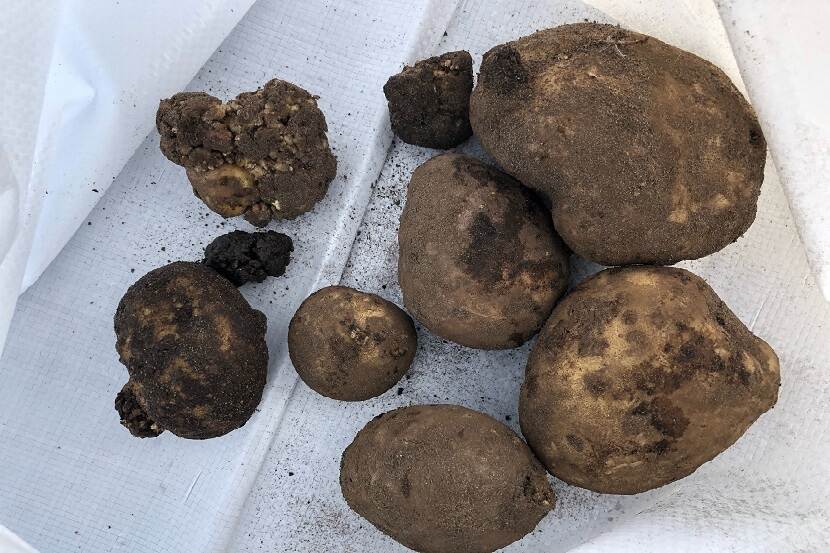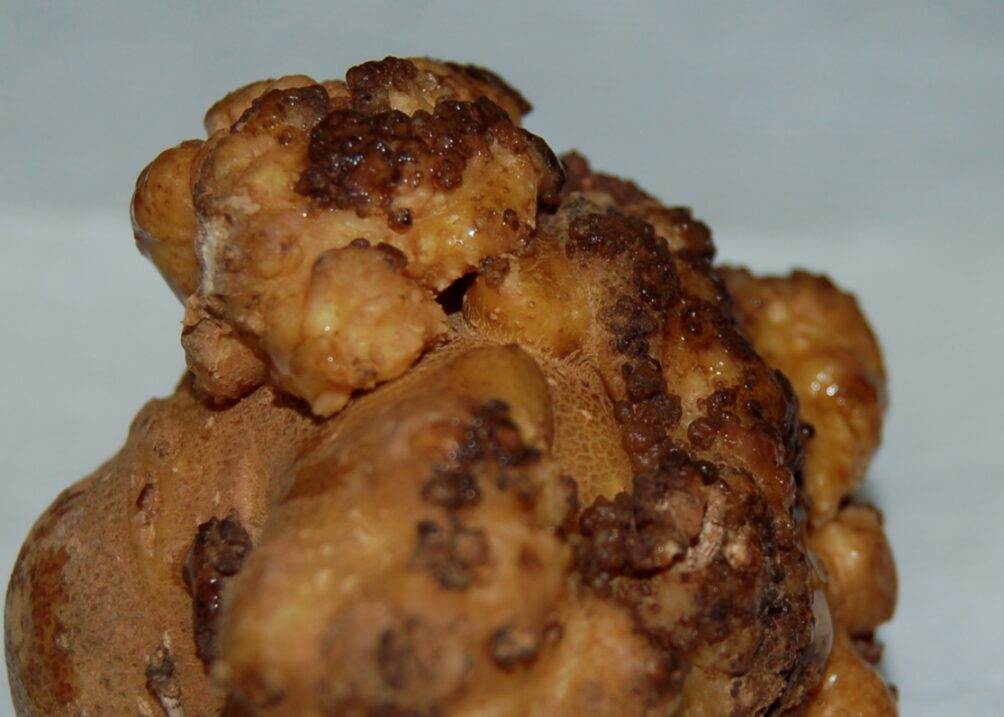The Netherlands Food and Consumer Product Safety Authority (NVWA) has discovered an unknown variant of wart disease on the agricultural plots in the municipality of Stadskanaal that were recently infected with wart disease. The new variant may have consequences for the control of wart disease in the North-East Netherlands, where there is intensive potato cultivation. The NVWA is conducting further research into the origin of the contamination and the possibilities for a targeted approach. Wart disease is a plant disease caused by the fungus Synchytrium endobioticum and is not harmful to humans or animals.
Unknown variant
The NVWA has determined with the help of DNA research that there is a variant (physio / pathotype) of the pathogen unknown to North-West Europe. It is being investigated whether it concerns a physio that already exists. The source of the contamination is also sought. Among other things, the cultivation history of both infected parcels is mapped.

Effects
It is unclear whether existing varieties with good resistance to the wart disease physios known in the Netherlands are also resistant to the race that has now been found. Warts have been found on 3 starch potato varieties (Festien, BMC and Supporter). Given the degree of resistance of these varieties to race 1, race 6 and race 18, this finding was unexpected. Until it is clear how the current potato varieties respond to this new race, it is still impossible for growers in the immediate vicinity of the finds to determine which varieties can best be cultivated.
Resistance research
A similar situation occurred in 2003, when physio 18 was first found in the Netherlands. This subsequently led to a collaboration with the sector to gain insight into the degree of resistance of important varieties in the area as quickly as possible. To make this possible again, the NVWA collects as much wart material as possible. In addition, an experimental study is attempting to obtain an indication of which potato varieties may be resistant to this unknown variety.

